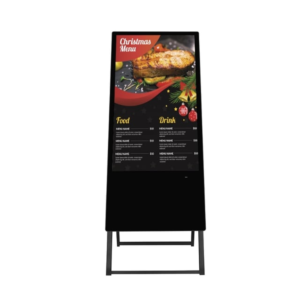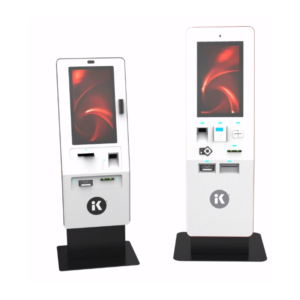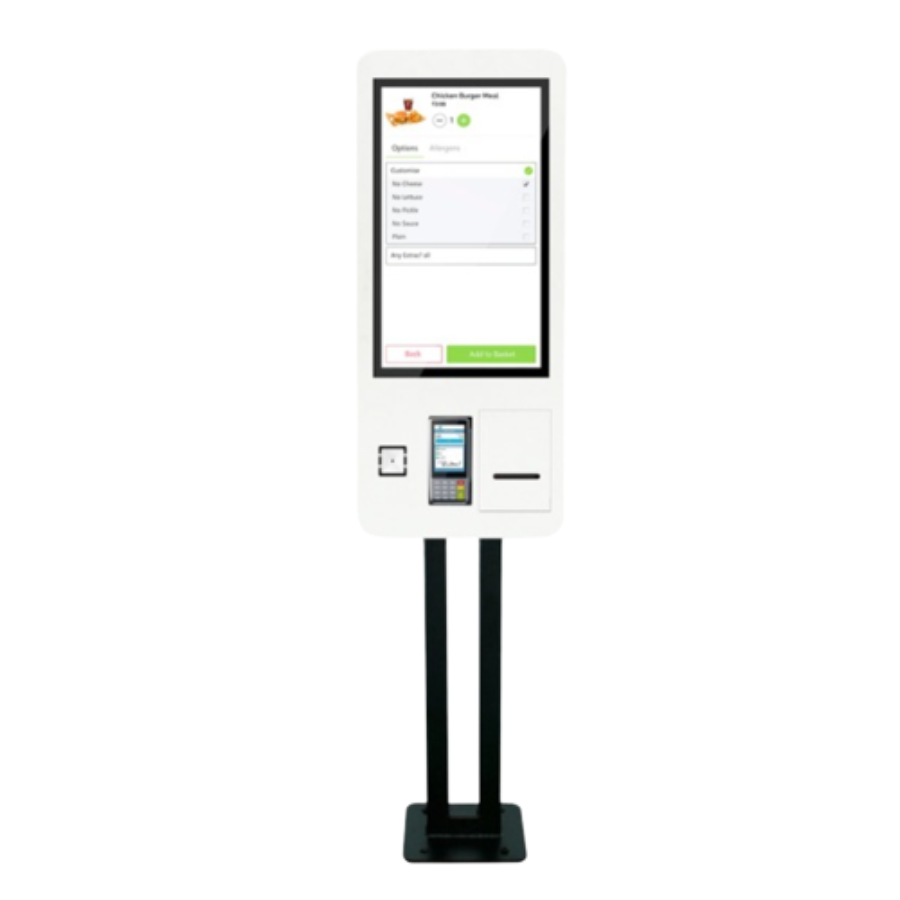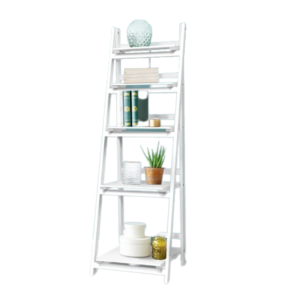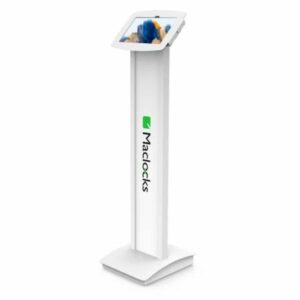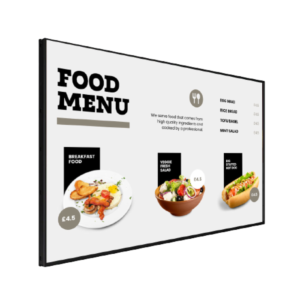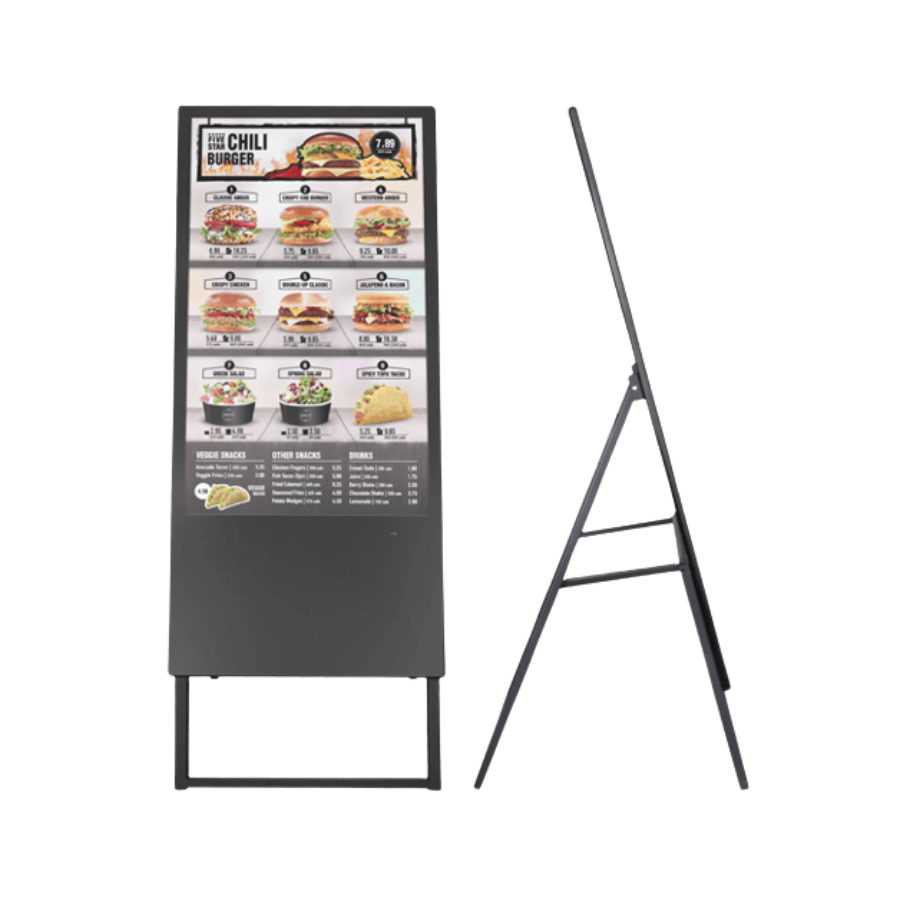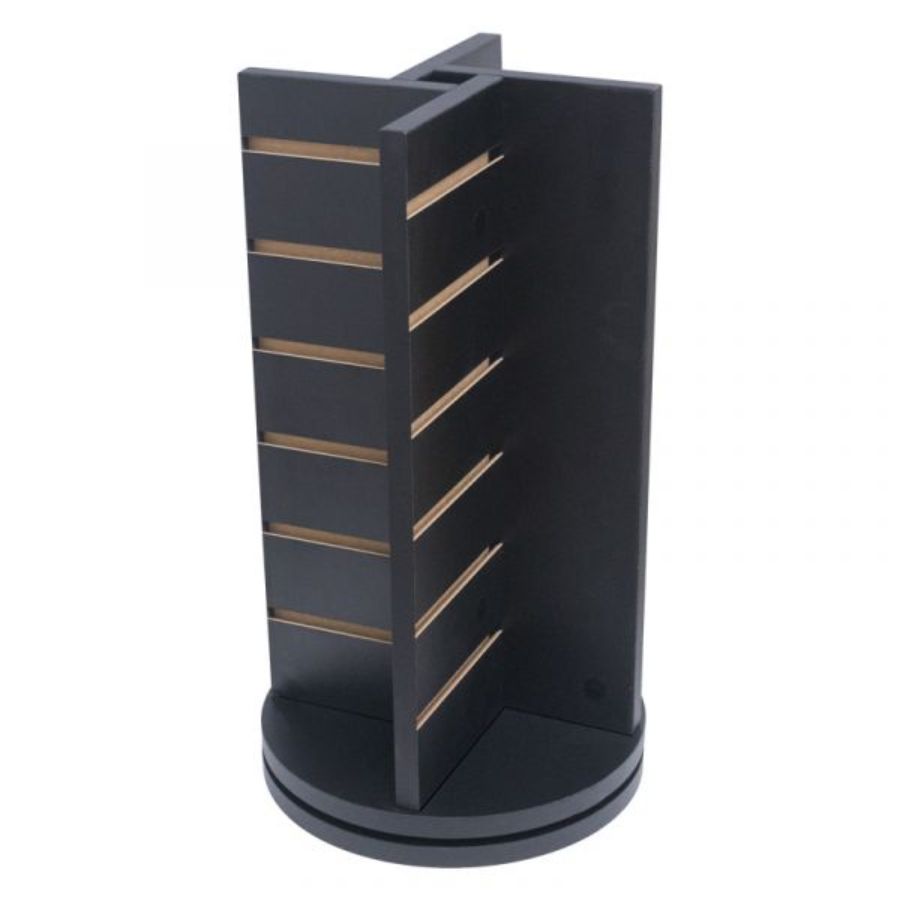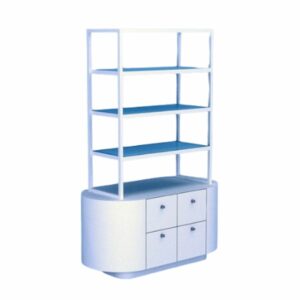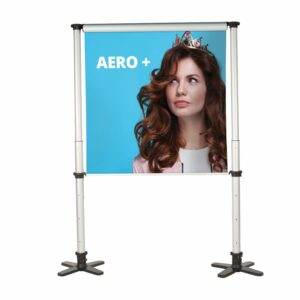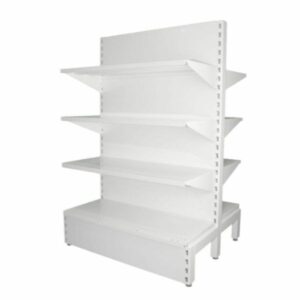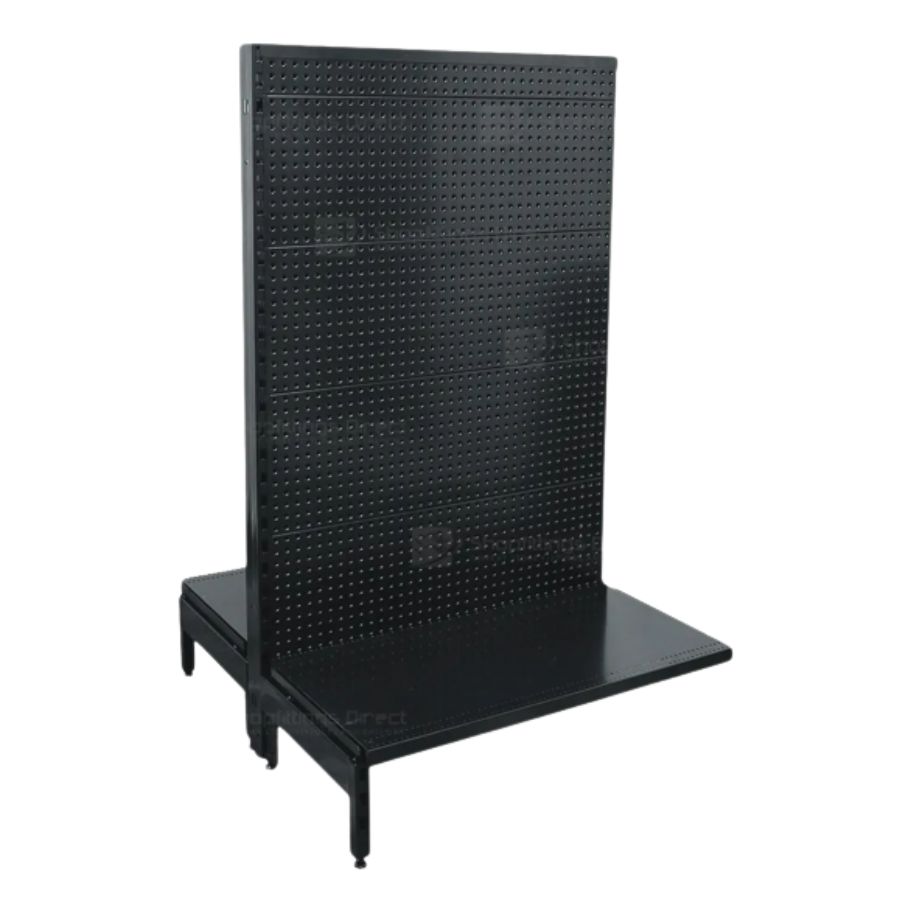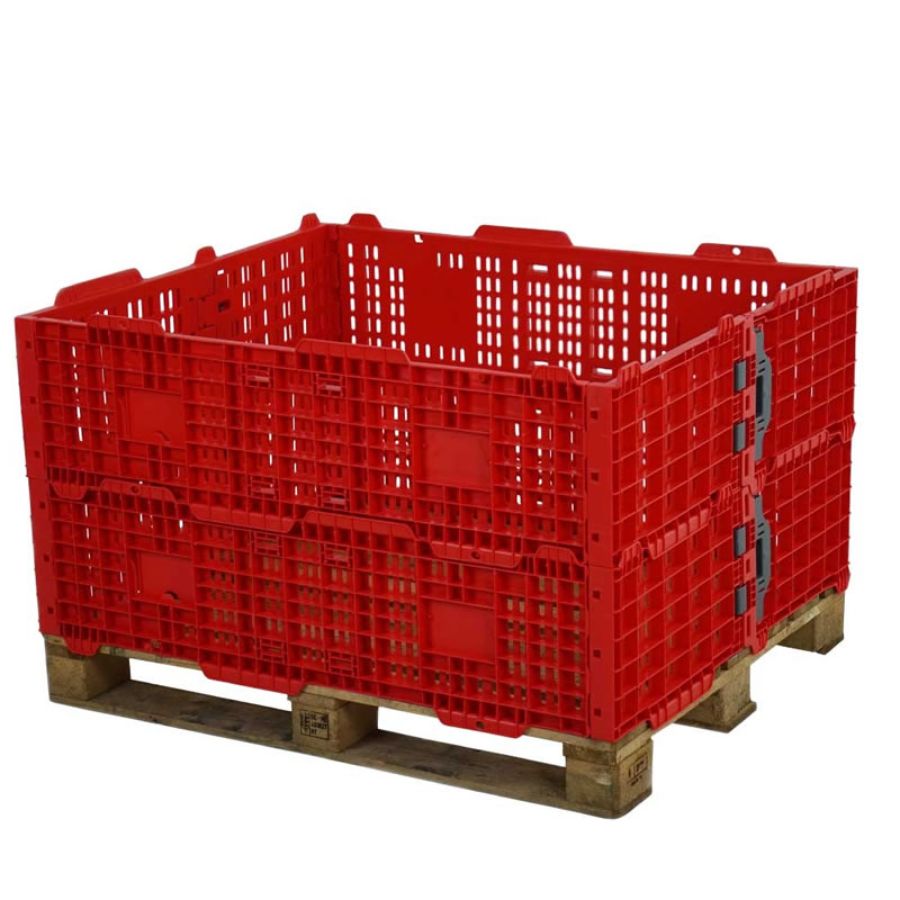Retail stores
This page combines different types of display stands, shelving, interactive kiosks, and some digital signages for retail stores. Here you will find the most suitable furniture for boosting sales and getting customers.
Showing 1–30 of 67 results
Find specific product
SELECT PRODUCT CATEGORY
- Banner Stands99 products
- Digital Displays1111 products
- Digital Signages99 products
- Display Cabinets44 products
- Display Fridges66 products
- Exhibition Stands33 products
- Floor Display Stands1111 products
- Information Stands88 products
- Interactive Kiosks99 products
- Product Display Stands2828 products
- Product Display Tables44 products
- Promotional Stands66 products
- Retail Shelving77 products
- Single Product Stands55 products
- Tablet Stands22 products
- Tabletop Display Stands1010 products
Aimed for
- Advertising (32)
- Brand awareness (46)
- Marketing (46)
- Merchandising (24)
- Outdoor advertising (10)
- Promotion (29)
- Self service (13)
Designed for
- Accessories (17)
- Advertisements (20)
- Books (16)
- Bottle (8)
- Clothing (13)
- Food (24)
- Information (26)
- Jewelry (13)
- Leaflet (5)
- Snacks (22)
- Special offers (34)
Quality
- Countertop (3)
- Double sided (2)
- Freestanding (22)
- Indoor (19)
- Lightweight (9)
- Modular (6)
- Outdoor (10)
- Portable (12)
- Rotating (2)
- Standalone (2)
- Touchscreen (2)
Used for
- Bakeries (4)
- Bookstores (8)
- Boutique stores (12)
- Cafés (23)
- Cash and carry (7)
- Convenience stores (12)
- Education (13)
- Event (33)
- Hotels (21)
- Malls (9)
- Municipalities (1)
- Offices (18)
- Restaurants (12)
- Schools (9)
- Showrooms (8)
- Supermarkets (26)
Among the various furniture types available for retail stores, display stands, shelving, and digital signage are used due to their versatility and eye-catching capabilities. They significantly attract customers, increase revenue and enhance the overall shopping experience.
Furniture placement in a retail store
The placement of furniture in retail stores should be strategic to maximize its impact on attracting customers and driving revenue. Place attractive displays near the entrance to create an inviting and visually appealing first impression. Arrange furniture to guide customers along a well-defined pathway, leading them to explore various sections and products.
Position furniture to highlight popular or high-margin items, drawing attention and increasing the likelihood of sales. Create comfortable seating areas where customers can relax, try out products, or engage with staff, enhancing the overall shopping experience.
Essential characteristics for retail store's furniture
Display stands should have an appealing design, incorporating aesthetics that align with the store's branding and target audience. Stands should effectively showcase the products, allowing customers to see and access them clearly.
Display stands that can be easily adjusted or rearranged to accommodate different product sizes and configurations offer flexibility and adaptability. Stands should be sturdy, reliable, and capable of supporting the weight of displayed products. Incorporating suitable lightings, such as spotlights or backlights, can enhance the visual impact of products and create a more engaging display.
Things to consider when choosing furniture
When choosing furniture for a retail shop, there are several important factors to consider.
Here are some key things to keep in mind:
- Functionality: Furniture should serve its intended purpose effectively, whether it's for displaying products, providing seating areas, or organizing merchandise.
- Quality and durability: Opt for well-constructed furniture made from durable materials to ensure longevity, especially considering the high traffic and wear in retail environments.
- Brand alignment: Choose furniture that aligns with the store's branding and desired ambiance, creating a cohesive and immersive shopping experience.
- Size and space utilization: Consider the available space and layout of the store to select furniture that optimizes the use of space without overcrowding or obstructing customer flow.
- Budget: Determine a budget range and explore options that strike a balance between quality, functionality, and cost-effectiveness.
By considering these factors, retailers can enhance the attractiveness of their store displays, optimize space utilization, and create a pleasant and engaging shopping environment for customers, ultimately boosting revenue.
If you are interested in purchasing furniture for your retail store, make sure to check out this article - shelving and display stand manufacturers. There you will find helpful information about each manufacturer's advantages and furniture offers there.
For more furniture displaying tips for retail stores, check the creative ways to use display stands in your retail store article.

